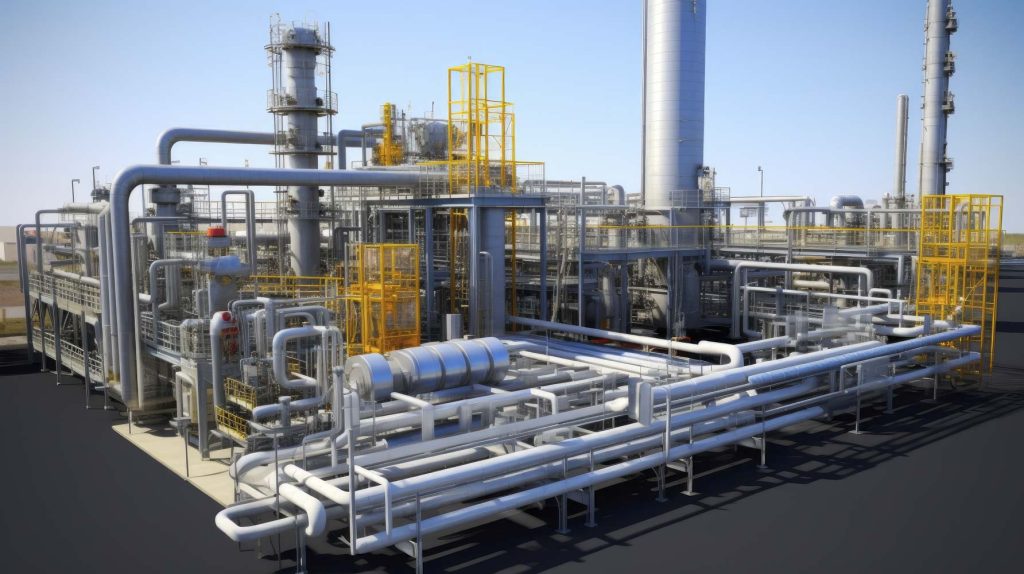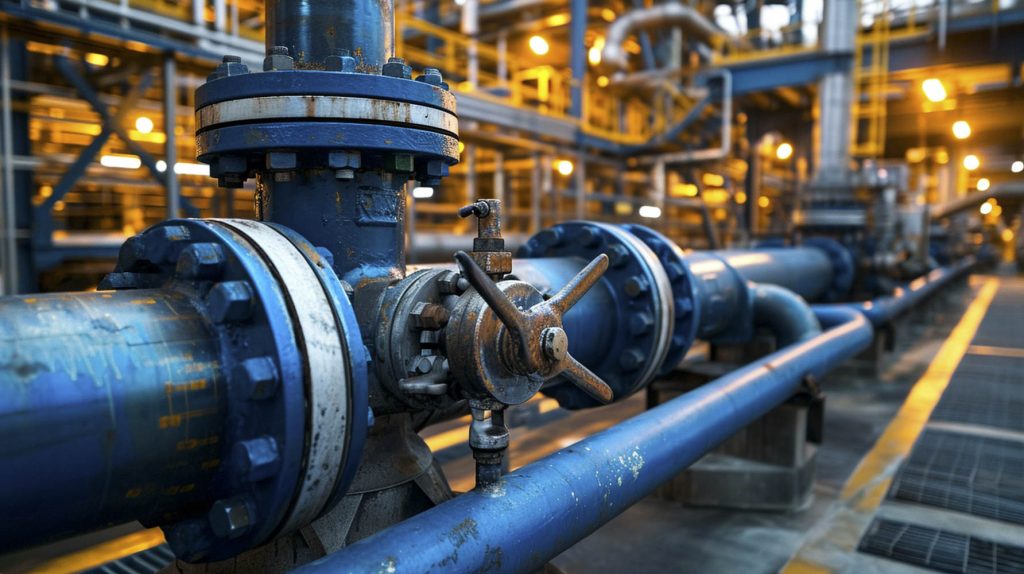Home » Case Studies » Assystem

Assystem is a leading nuclear engineering company dedicated to driving the energy transition forward. With a global presence across 12 countries in Europe, Asia, Africa, and the Middle East, their team of 7,000 experts is committed to advancing nuclear and renewable energy, clean hydrogen projects, low-carbon transport, and efficient power grids.
Assystem is currently responsible for the design, procurement, installation and commissioning of a series of process facility test rigs. The first and largest of these development rigs was the Safety Component Rig. The rig is used to validate the performance of a safety critical component. The purpose of the rig is to validate flow conditions through various test pieces within a test chamber. The rig supplies water at very high pressures and temperatures from a pressurised loop which is then passed through the test chamber, which is capable of being manipulated to simulate sea conditions.

The challenge with this project was to size and select a complete set of control valves and circulation pumps to ensure the full range of required flow conditions were achievable and identify any required changes to the initial rig layout.
The test rig was fitted with a bank of integrated electrical heaters which can heat the rig up to temperatures in excess of 300°C and can be pressurized up to 150 bar with the attached high-pressure low-volume pump. These extreme operating conditions proved to be very restrictive in the range of available components that would be suitable for the rig.
Due to the significant range in required flow conditions (from 0.8 kg/s right down to 0.02 kg/s) it was identified that a pair of circulation pumps in parallel would be required. The pumps would be arranged such that only one pump would be used to meet low flow conditions with two pumps operating in parallel for high flow conditions. In addition, a bypass loop was introduced so that any surplus flow could be diverted away from the test section without risk of “dead heading” the circulation pump.
An initial pass of the rig layout was performed in FluidFlow using generic valve data based on the connecting pipework size and pressure loss coefficients representing other equipment (e.g. heater banks) within the main circulation loop. In combination with the powerful automatic pump sizing feature, this allowed Assystem to obtain a basic duty curve for the circulating pumps across the range of operating scenarios. Assystem were then able to liaise with their suppliers and obtain a pump curve that was sufficient for their flow requirements.
On receipt of the vendor-selected pump, Assystem added the performance curves for the proposed pump to the FluidFlow database and modelled the pump in the system to verify the suitability of the vendor-selected pump and determine whether the generic valves could be optimised to increase efficiency and performance of the rig. With the results from this analysis, Assystem were able to liaise with their valve suppliers to obtain Cv data for off-the-shelf valves. This data was then added to the FluidFlow database so that they could verify that the range of valves and circulation pumps selected would allow them to achieve the range of flow requirements set out by the customer.

Figure 1: Safety Component Test Rig 3D Model.

Figure 2: FluidFlow Model of Safety Component Test Rig.

Jonathan Hughes
Senior Stress Engineer

Considering the high cost of components and tight timescales associated with this development it was vital that the component selection process was efficient and accurate. Using FluidFlow, Assystem were able to select a range of valves and circulation pumps necessary to achieve the demanding range of flow conditions identified by the customer in a timely and efficient manner.
This data was then added to the FluidFlow database allowing Assystem to verify that the selected components would
allow them to achieve the rangeof flow requirements set out by the customer.

Try FluidFlow now and see the difference.
© 2025 Flite Software NI Ltd. All rights reserved.